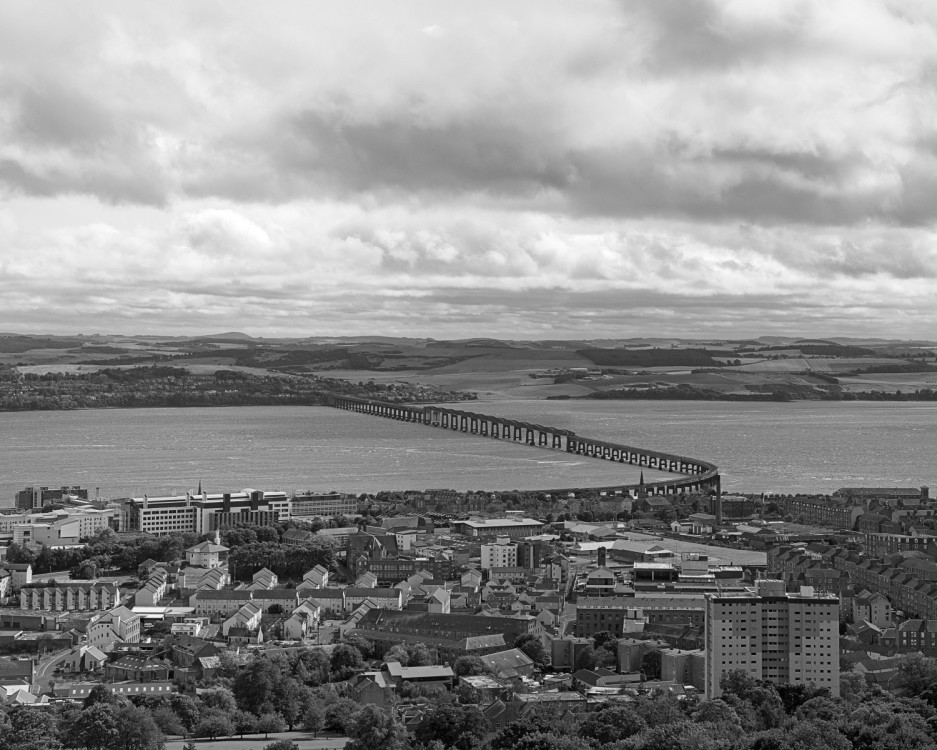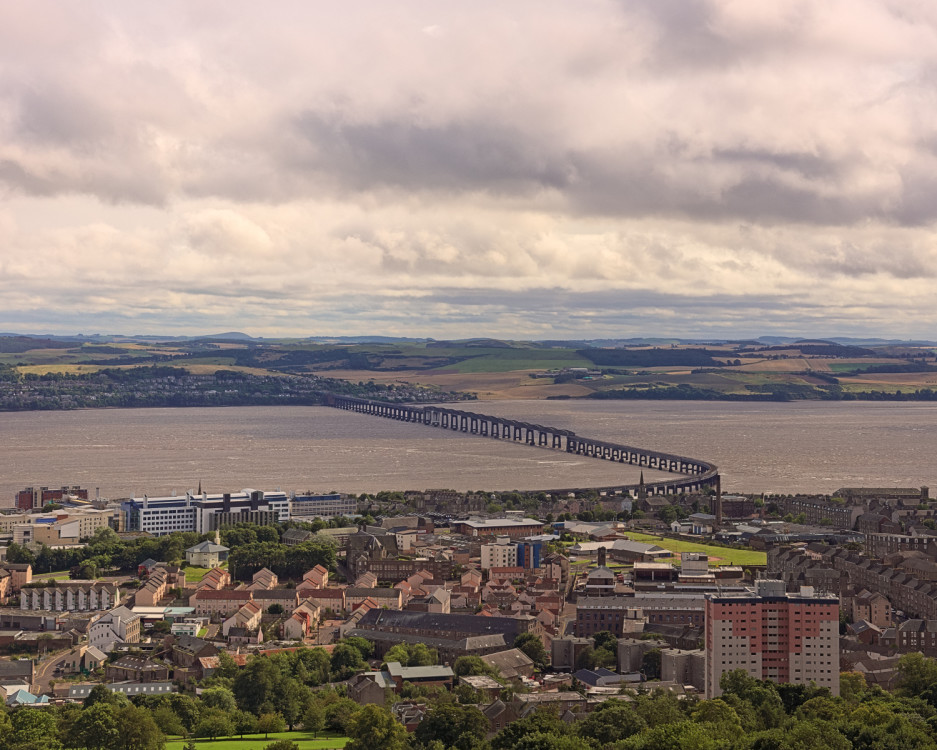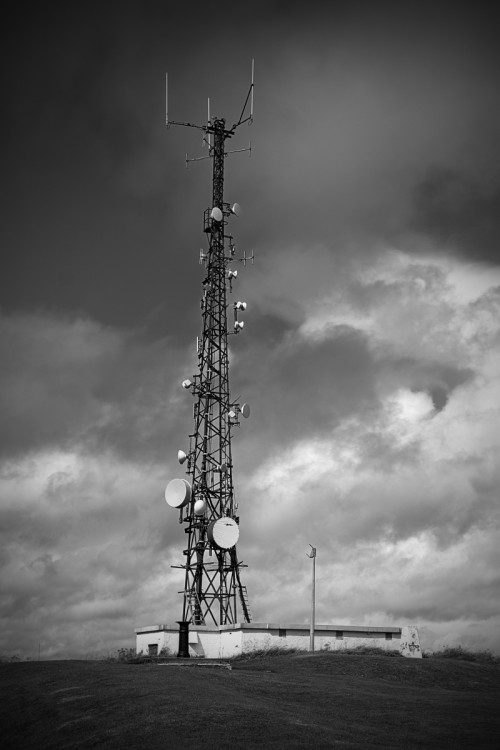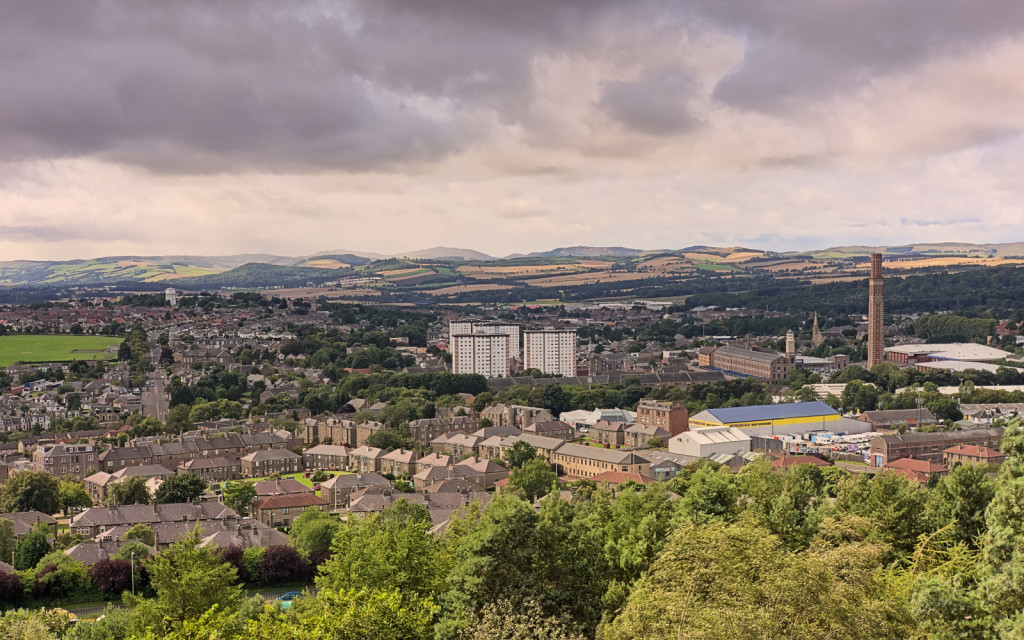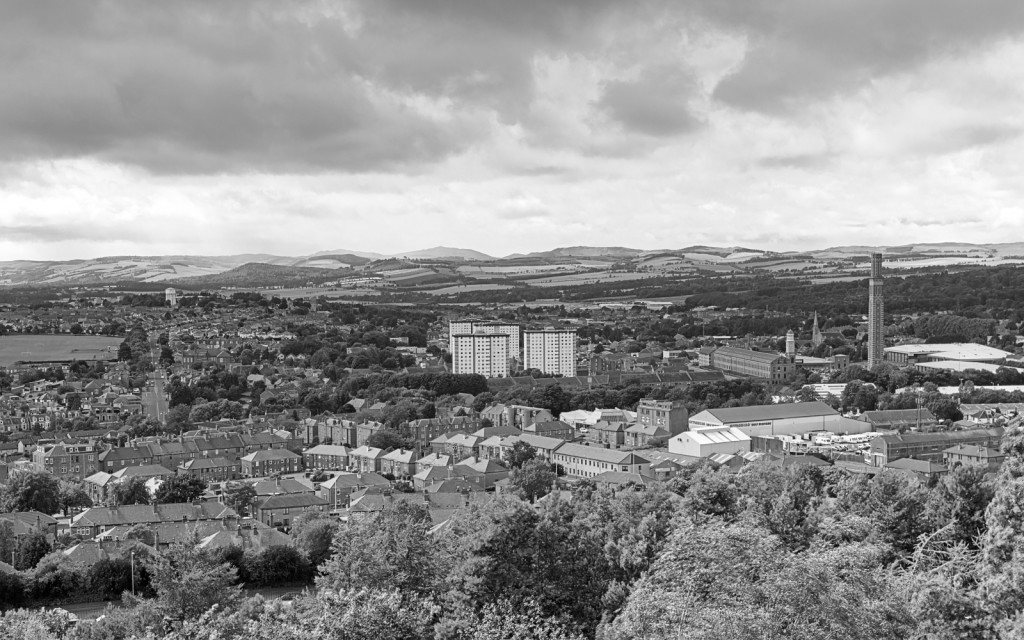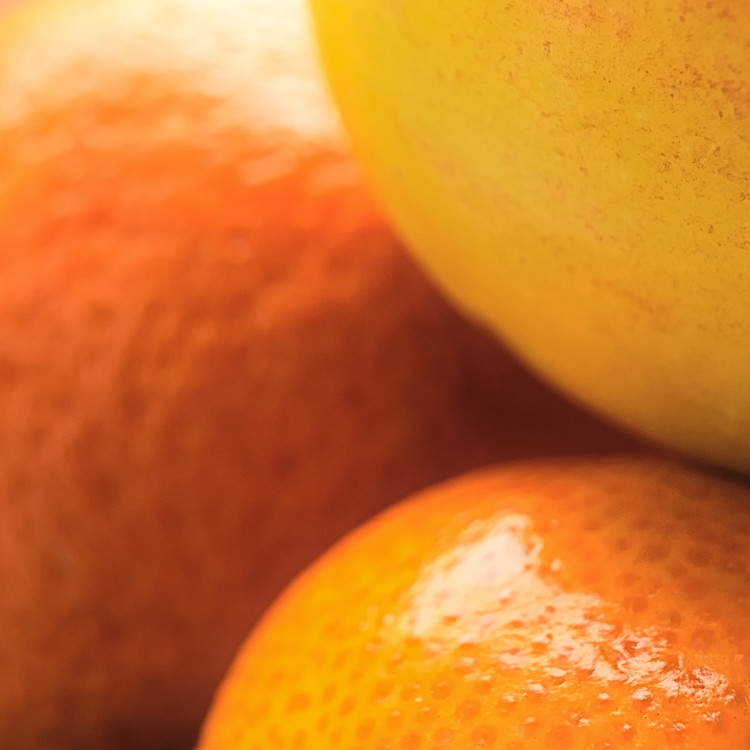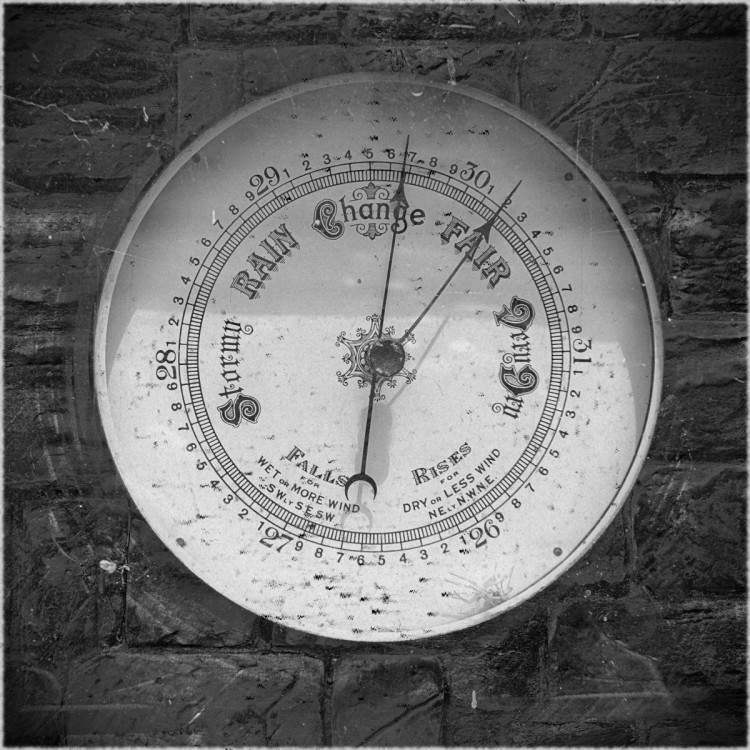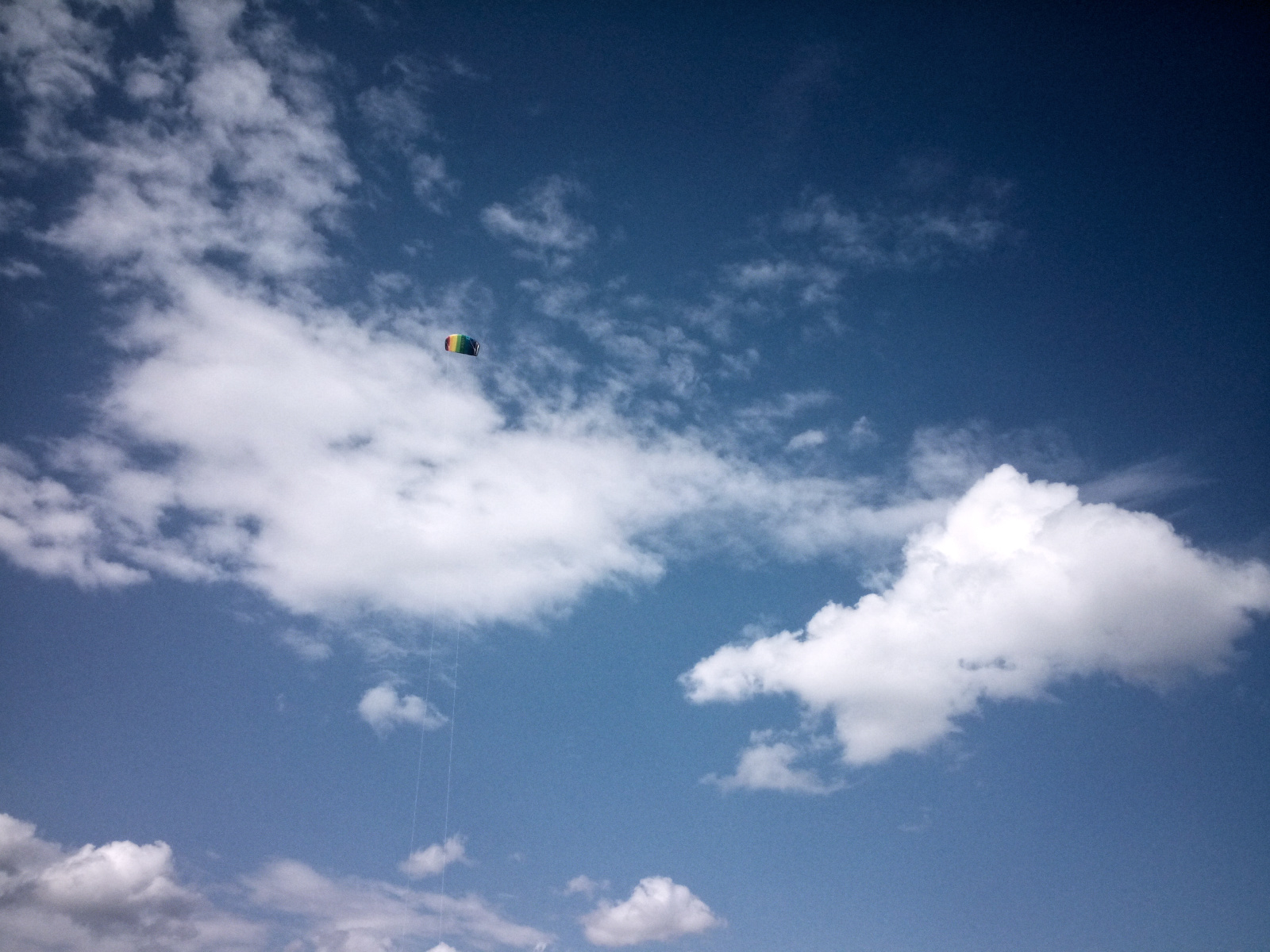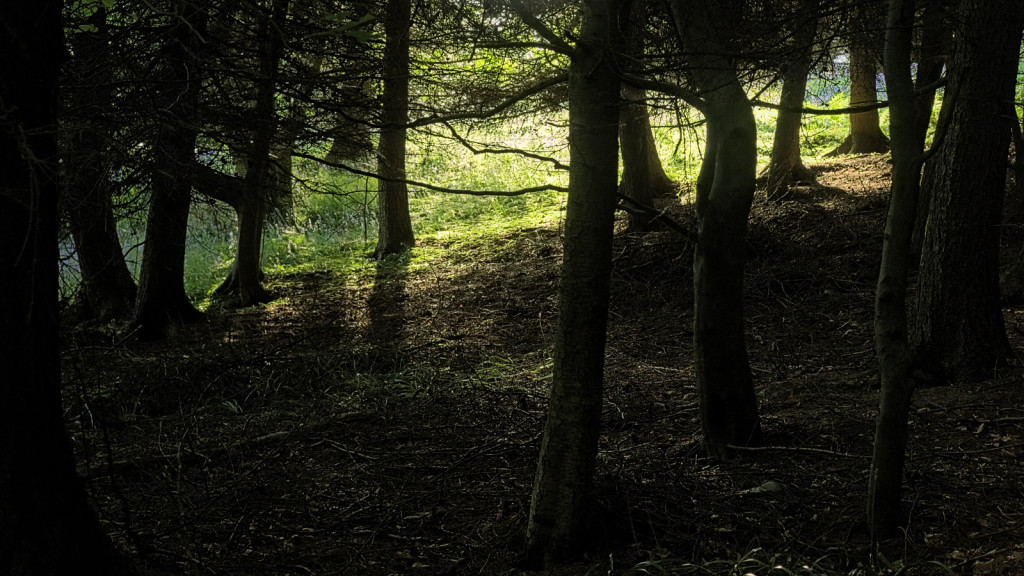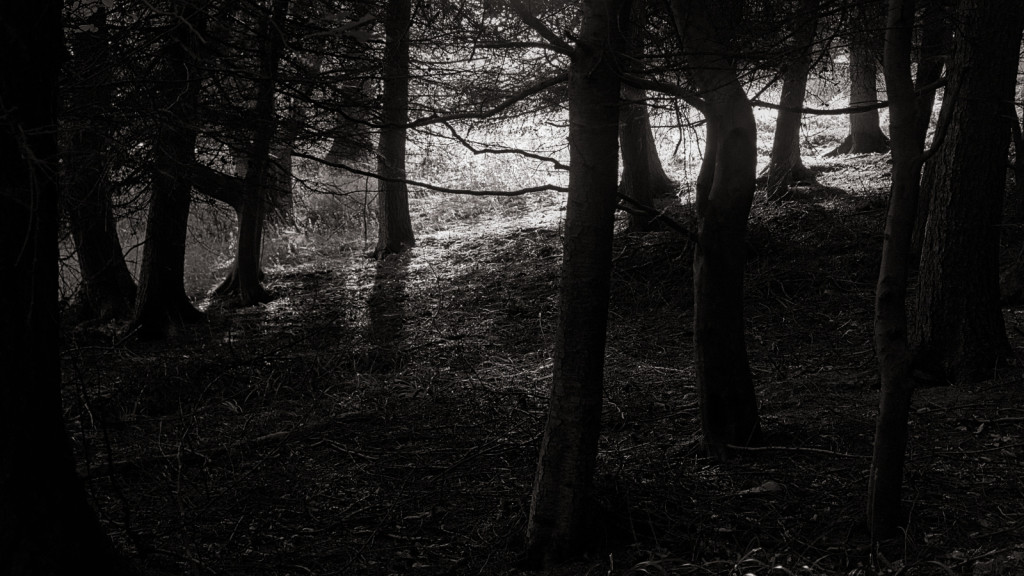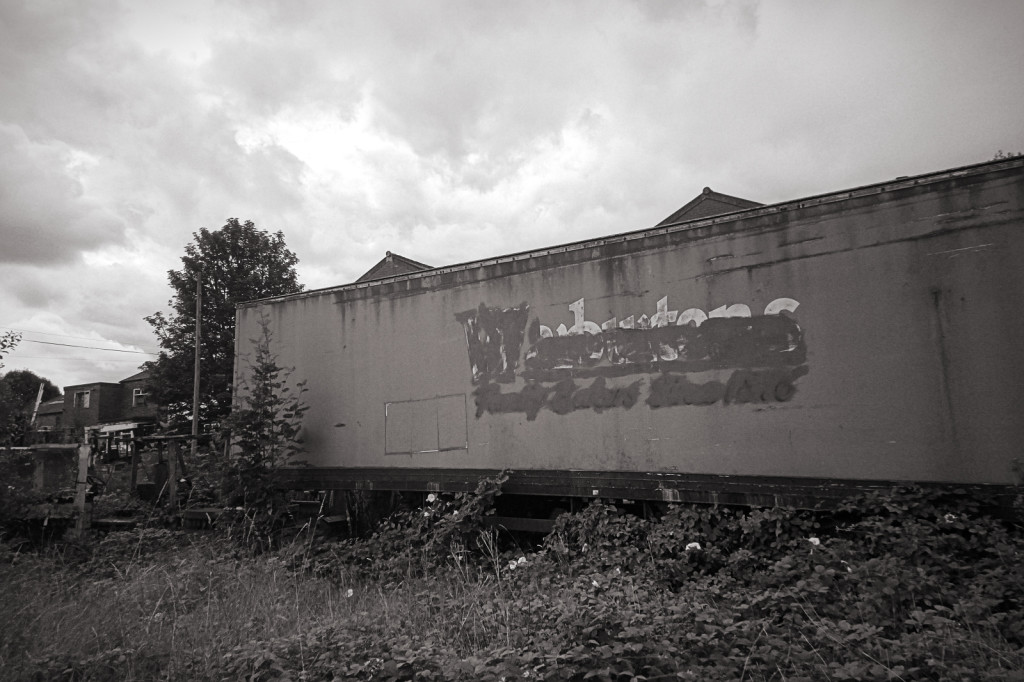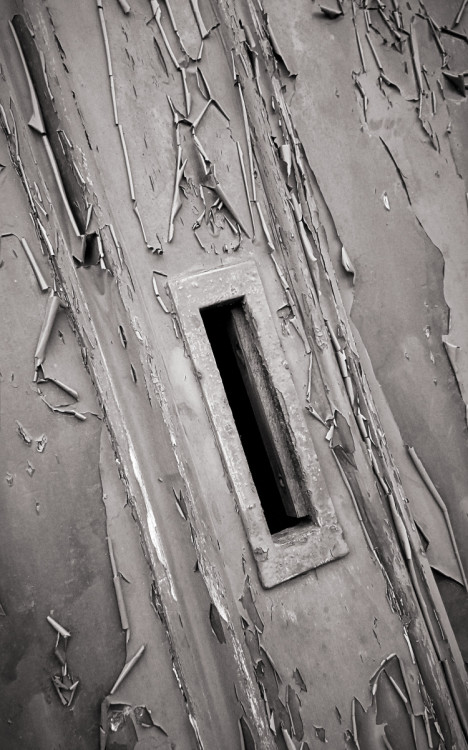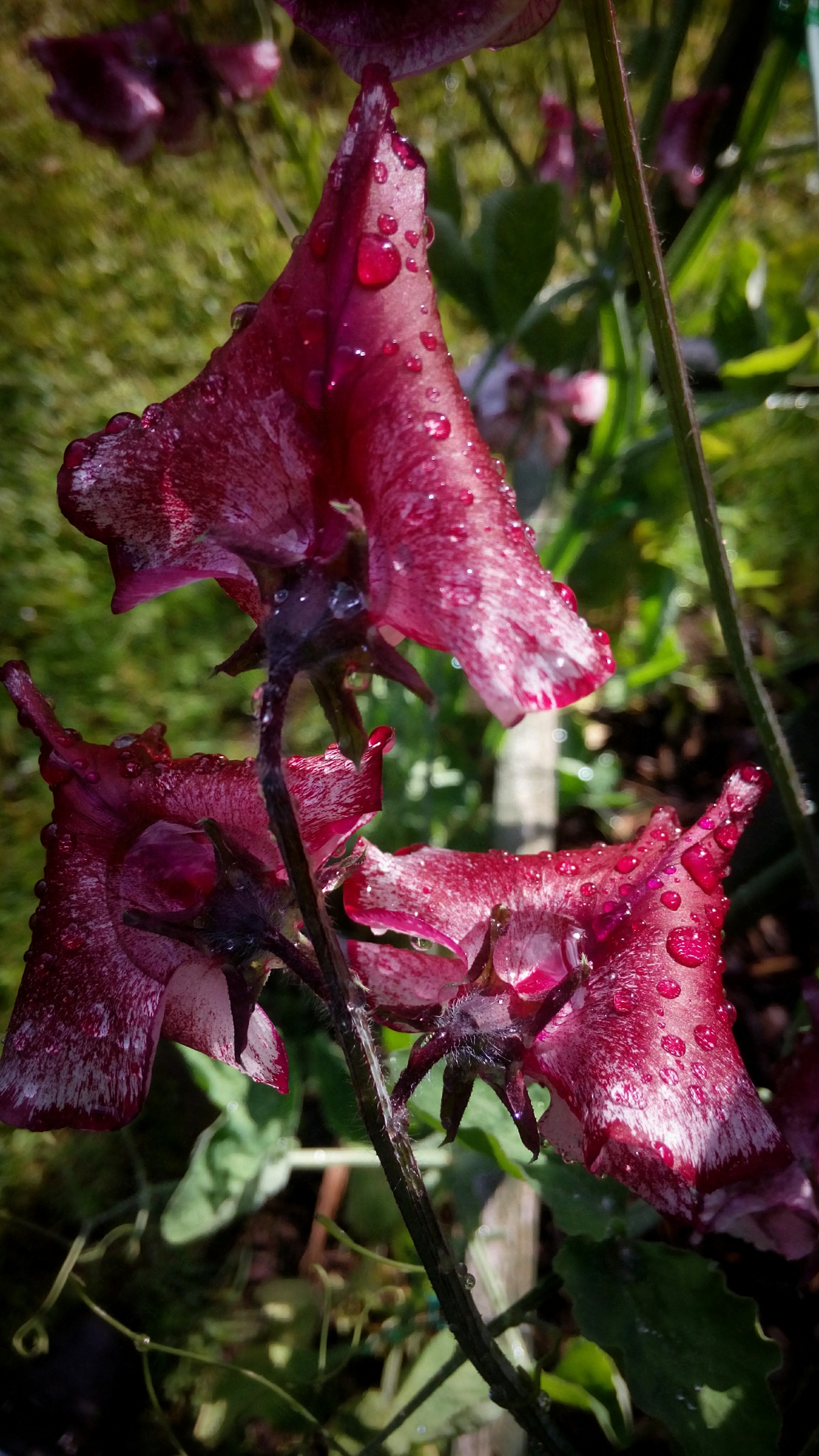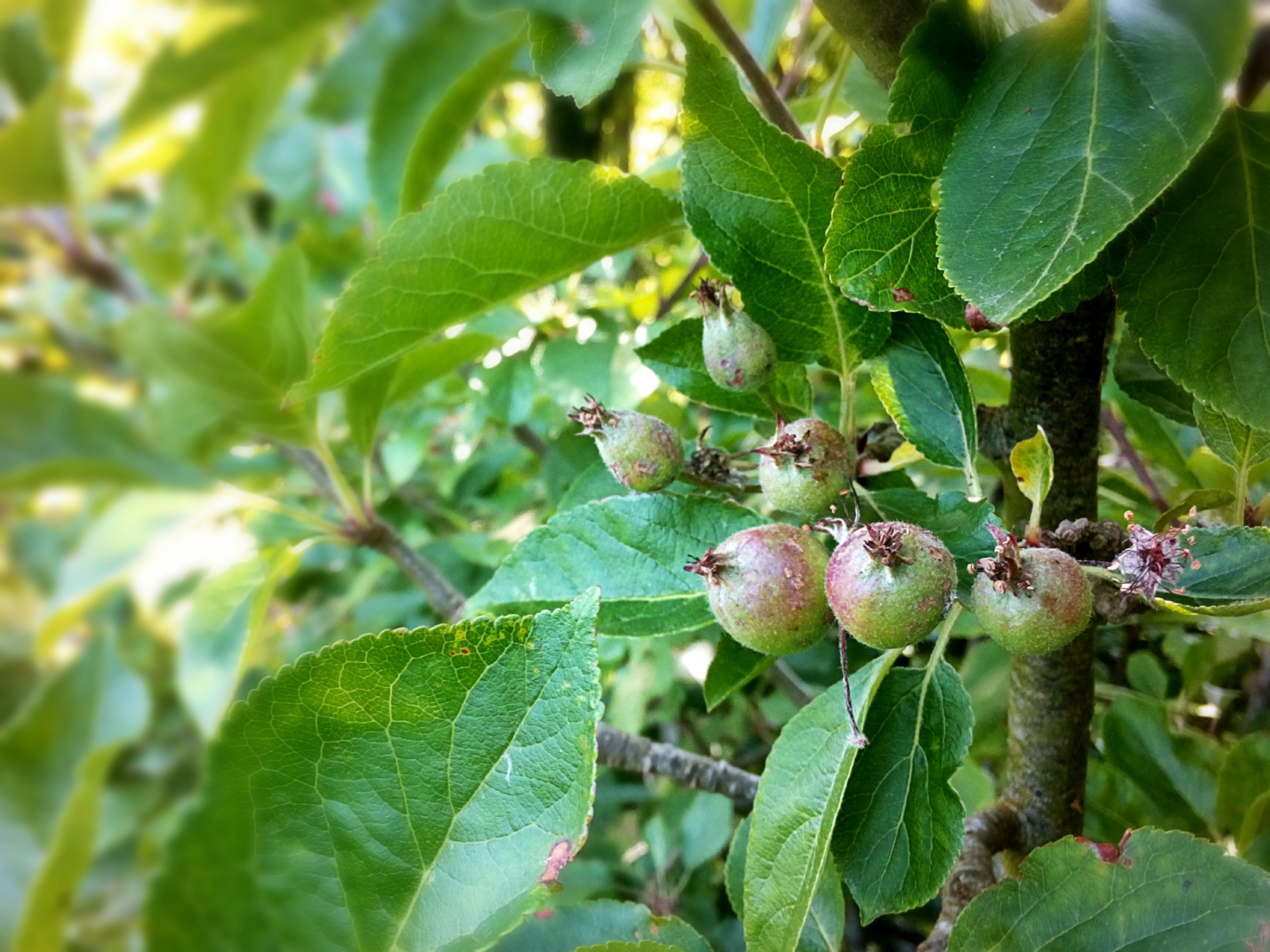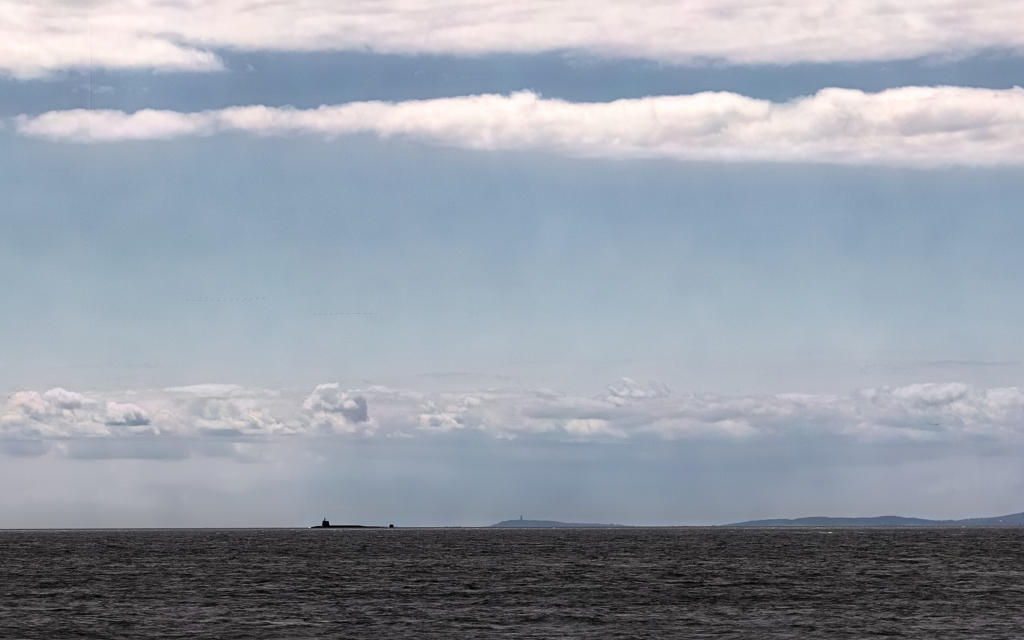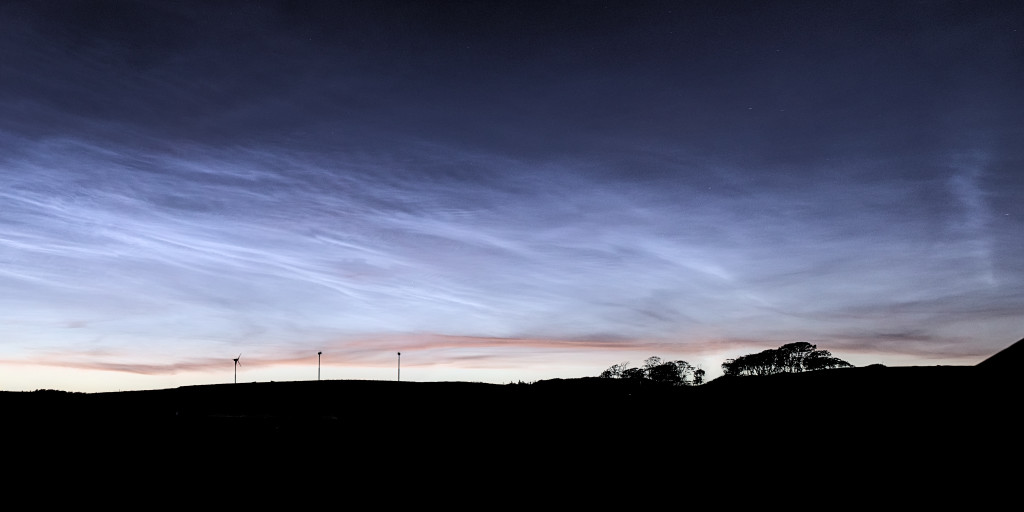Sometimes, one’s photography takes quite a turn.
A few years ago, I was all interested in large-format landscape work, when a fellow member of the photo-club inadvertently threw the spanner in the works by saying his particular approach gave results that represented how he felt at a given scene. Hang around: how come every LF landscapie I know feels exactly the same way then, if that way is defined by 5×4 format, tripod low on the ground, golden-hours (normally morning, strangely), portrait orientation, near-mid-far, Fuji Velvia film, grad-ND sky and rear-tilt perspective, amongst other things? Having seen that as a clique fashion rather than individual expression, I rejected it and promptly went digital, making a photo a day using overcast dull light to show the shapes of trees in the local woodland realistically.
Last Saturday marked something of a milestone: 4 years of posting a daily photo on Blipfoto. Over time, the idea of forcing a photo a day (especially one as considered and well-processed as I strived to achieve) has become artistically unhealthy and my enthusiasm for the site has waned considerably, so I called it a day.
In some ways, the future looks to be a return to landscape; certainly I intend shooting a lot more of it than I have previously, but I’m intending letting the inspiration drive matters not forcing it by the calendar. I’m hoping to post more often on this blog as well, but using the real camera as well as the mobile, so there’s been a bit of re-branding happening too…
So it was, on Sunday afternoon, with head slightly reeling from the decision, I set off with Dog for an afternoon stroll, with no idea how far or where we’d go except that I wanted it to be a long walk. And it was the longest we’ve been on since moving here, I think – left Portpatrick and walked past the golf course to Port Mora where I usually turn inland and walk through the Dunskey Glen, but this time I continued past Port Kale and the transmission huts (where cables came ashore for monitoring communication during the Troubles in Northern Ireland)…
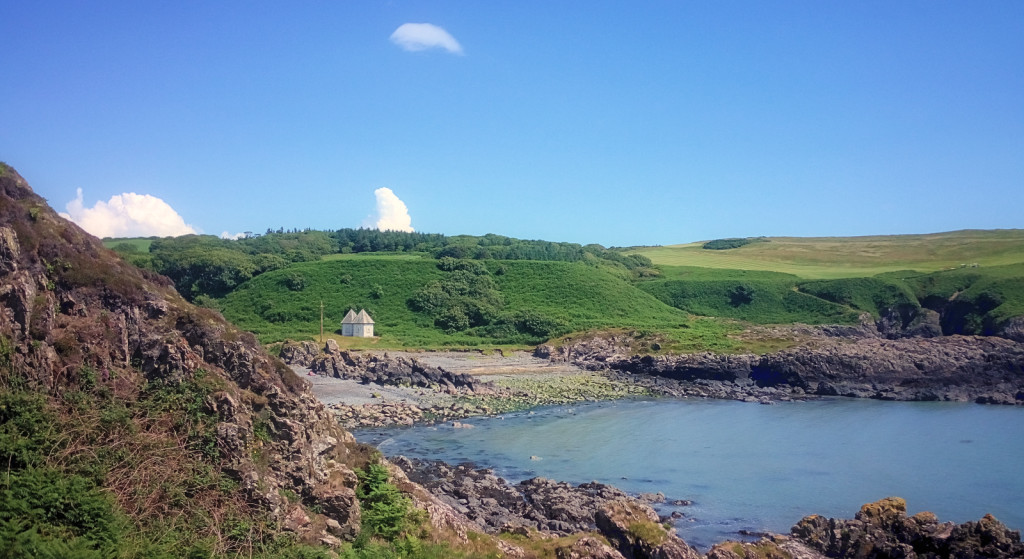
Transmission huts in Port Kale, outside Portpatrick
…and with a bit of determined plodding along the Southern Upland Way, the next thing we saw was Kilantringan Lighthouse in the distance.

Kilantringan Lighthouse along the Southern Upland Way, black and white with my favoured platinum toning
It took 2.5 hours, so probably 8 miles or thereabouts, given very few photo-stops and some leisurely steep bits.
All in all, an excellent way to spend a Sunday afternoon.
